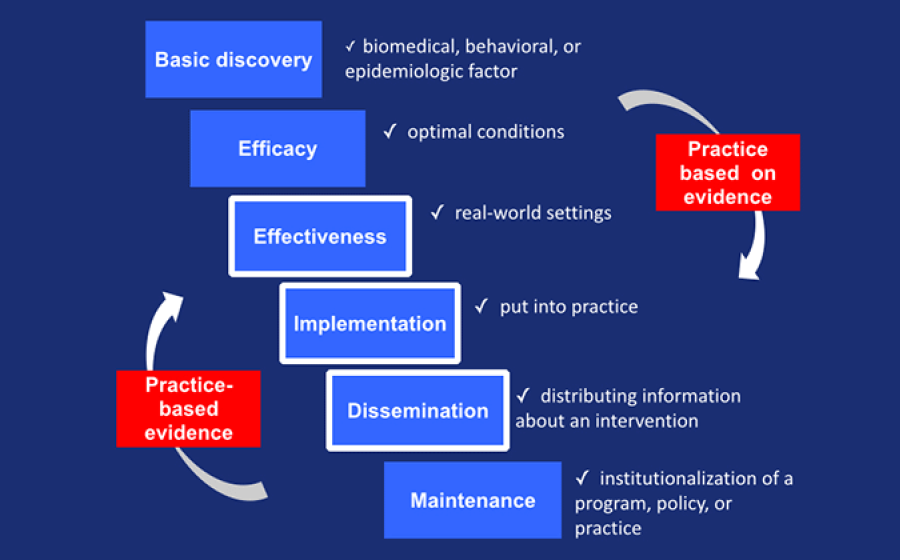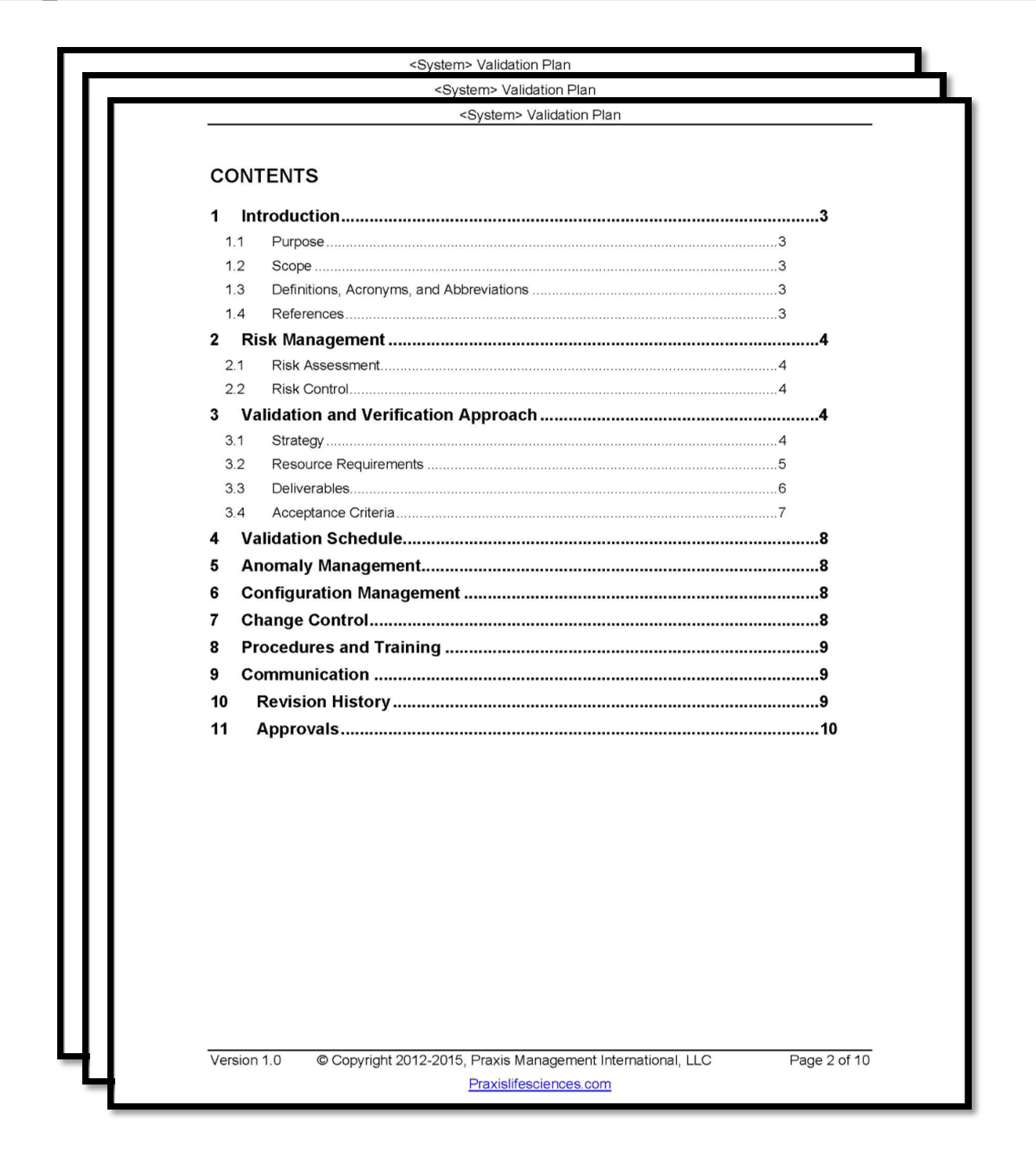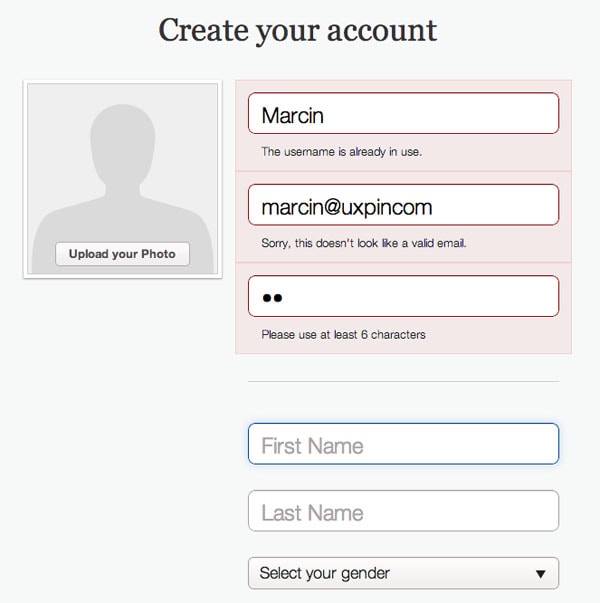Table Of Content

Mixed methods research combines quantitative and qualitative data in a single study. Multiple methods involve collecting data from different sources, such as surveys and interviews, but not necessarily combining them into one analysis. Mixed methods offer greater flexibility but can lead to differing or conflicting results when integrating data.
a Focus on Natural Ventilation
Like with the volunteers, unhoused participants are also asked to complete an application listing any preferences for a friend (e.g., gender, language, shared interests, text or calls preferred). Miracle Messages program staff members have recruited volunteers who want to serve as a phone buddy and unhoused individuals who expressed an interest in being matched with a phone buddy. Recruitment of volunteers has occurred primarily through people who learned about the program through media coverage, word of mouth, social media, or internet searches about helping PEH, with most volunteers signing up on the Miracle Messages website. Volunteers are required to complete an application listing any preferences for a friend (e.g., gender, language, shared interests, text or calls preferred) and attend a 30-min training call offered once a week synchronously. A recording of the training call is available as needed to those with significant scheduling conflicts.
Point of integration
Finally, the items extracted from the qualitative study (using an inductive approach) were integrated with the items extracted from the literature review (using a deductive approach) results and initial draft of the obstetric telephone triage guideline was created. This version of the study protocols (2.1) includes two amendments to the initial protocols approved by the institutional review board on April 21, 2022. Final enrollment into the Miracle Money intervention was delayed until August 2023 to give study participants an opportunity to meet the criterion for receiving basic income (i.e., participating in the Miracle Friends program).
Cadence Design Systems Q1 Results: A Surprising Miss And A Puzzling Forecast
We’re working with leading global technology companies to create a new ecosystem of mixed reality devices, and we’re making it even easier for developers to build mixed reality apps. The data that support the findings of this study are available from Masoumeh Simbar but restrictions apply to the availability of these data, which were used under license for the current study, and so are not publicly available. Data are however available from the authors upon reasonable request and with permission of Shahid Beheshti University of Medical Sciences. Studies show that triage standardization favorably affects its efficiency and safety [17].
Efabless Announces the Inaugural Chipalooza Analog and Mixed-Signal Design Challenge - GlobeNewswire
Efabless Announces the Inaugural Chipalooza Analog and Mixed-Signal Design Challenge.
Posted: Thu, 15 Feb 2024 08:00:00 GMT [source]
Which sampling method is best for mixed methods?
In addition to the six primary design dimensions or considerations, we provided a set of additional or secondary dimensions/considerations or questions to ask when constructing a mixed methods study design. Our purpose throughout this article has been to show what factors must be considered to design a high quality mixed methods research study. The more one knows and thinks about the primary and secondary dimensions of mixed methods design the better equipped one will be to pursue mixed methods research. First, we showed that there are there are many purposes for which qualitative and quantitative methods, methodologies, and paradigms can be mixed.
However, it does not indicate how one should combine qualitative and quantitative subcomponents within one of Maxwell’s five components (e. g., how one should combine a qualitative and a quantitative method, or a qualitative and a quantitative research question). Essential elements of the design process, such as timing and the point of integration are not covered by Maxwell’s approach. This is not a shortcoming of Maxwell’s approach, but it indicates that to support the design of mixed methods research, more is needed than Maxwell’s model currently has to offer. The common complaints category includes items such as abdominal pain, hemorrhage, hypertension, postpartum concerns, membrane rupture, suspicion of labor onset, illness/other, and decreased fetal movements. The communication category includes items such as last menstrual period, age, gestational age, number of pregnancies and parity, and obstetric and medical history.

Designing and Conducting Mixed Methods Research
Between May 2022 and July 2023, when recruitment ended, the Miracle Friends program referred 1087 unhoused individuals to the study team and 760 enrolled in the study. 3, among those who enrolled, 256 were randomized to Miracle Friends only, 267 were randomized to Miracle Money, and 233 were randomized to the Miracle Friends waitlist control group. Thus far, 360 unhoused individuals have been matched to a phone buddy from across the two intervention groups (169 in Miracle Friends only and 191 in the Miracle Money group), with 56 people still not matched. We have been unable to contact 103 people after they were assigned to a treatment group.
As we will see in the example case studies, a concurrent design could include dependent data analysis, and a sequential design could include independent data analysis. It is conceivable that one simultaneously conducts interviews and collects questionnaire data (concurrent), while allowing the analysis focus of the interviews to depend on what emerges from the survey data (dependence). The key point of this section is for the researcher to begin a study with at least one research question and then carefully consider what the purposes for mixing are. One can use mixed methods to examine different aspects of a single research question, or one can use separate but related qualitative and quantitative research questions.
Substantively, it can be useful to think of integration or mixing as comparing and bringing together two (or more) components on the basis of one or more of the purposes set out in the first section of this article. For example, it is possible to use qualitative data to illustrate a quantitative effect, or to determine whether the qualitative and the quantitative component yield convergent results (triangulation). An integrated result could also consist of a combination of a quantitatively established effect and a qualitative description of the underlying process. In the case of development, integration consists of an adjustment of an, often quantitative, for example, instrument or model or interpretation, based on qualitative assessments by members of the target group. The overall goal of mixed methods research, of combining qualitative and quantitative research components, is to expand and strengthen a study’s conclusions and, therefore, contribute to the published literature.
Mixing in the experiential stage can take many different forms, for example the use of cognitive interviews to improve a questionnaire (tool development), or selecting people for an interview on the basis of the results of a questionnaire (sampling). Extending the definition by Guest (2013), we define the point of integration as “any point in a study where two or more research components are mixed or connected in some way”. Then, the point of integration in the two examples of this paragraph can be defined more accurately as “instrument development”, and “development of the sample”. Simultaneity (“Simultanität”) forms the basis of the distinction between concurrent and sequential designs. In a sequential design, the quantitative component precedes the qualitative component, or vice versa.
The social layer of Meta Horizon OS means people’s identities, avatars, social graphs and friend groups can move with them across virtual spaces, and developers can integrate these social features into their apps. And because this social layer is made to bridge multiple platforms, people can spend time together in virtual spaces that exist across mixed reality, mobile and desktop devices. Meta Horizon OS devices will also use the same mobile companion app that Meta Quest owners use today, which we’ll rename to the Meta Horizon app.
This human subjects research has been performed in accordance with the Declaration of Helsinki and approved by the University of Southern California’s Institutional Review Board (UP-22–00242). Funding for this study was provided by Google.org and the Homeless Policy Research Institute, along with individuals Kimberly Lynch and Scott Layne. These funding sources had no role in the design of this study and will not have any role during its execution, analyses, interpretation of the data, or decision to submit results. In addition to our study participants, we would like to thank those who helped implement the programs at Miracle Messages, including Colette Lay, Jenni Taylor, John Ma, Nelly Stastny, Lindsay Pfeiffer, Rosalie Silva, and Ashley Dockendorf.
Having a unified national guideline on telephone triage can reduce weaknesses in management and planning. In keeping with qualitative analytic procedures, each interview has been transcribed verbatim by the research team member who conducted the interview. A team approach will occur in data analyses, where instruction in coding will be supplemented with test cases in which two researchers read and code a transcript and then meet to discuss discrepancies and arrive at consensus. Given the focused nature of the inquiry, the resulting codebook will be a reflection of the questions that were asked.
In addition to a mixing purpose, a mixed methods research study might have an overall “theoretical drive” (Morse and Niehaus 2009). When designing a mixed methods study, it is occasionally helpful to list the theoretical drive in the title of the study design. An investigation, in Morse and Niehaus’s (2009) view, is focused primarily on either exploration-and-description or on testing-and-prediction. In the first case, the theoretical drive is called “inductive” or “qualitative”; in the second case, it is called “deductive” or “quantitative”. In the case of mixed methods, the component that corresponds to the theoretical drive is referred to as the “core” component (“Kernkomponente”), and the other component is called the “supplemental” component (“ergänzende Komponente”). In Morse’s notation system, the core component is written in capitals and the supplemental component is written in lowercase letters.
The validity of the guideline was approved at 96%, 95%, 97%, 95%, 93%, and 100% for six dimensions of AGREE II including scope and purpose, stakeholder involvement, the rigor of development, clarity of presentation, applicability, and editorial independence, respectively. Integrating data in mixed methods studies can be challenging, but it can be done successfully with careful planning. You may find differing or even conflicting results by combining quantitative and qualitative data. It is up to the researcher to then carefully analyze the results and consider them in the context of the research question to draw meaningful conclusions. It is important to note that mixed methods research does not only mean collecting both types of data. Rather, it also requires carefully considering the relationship between the two and method flexibility.














